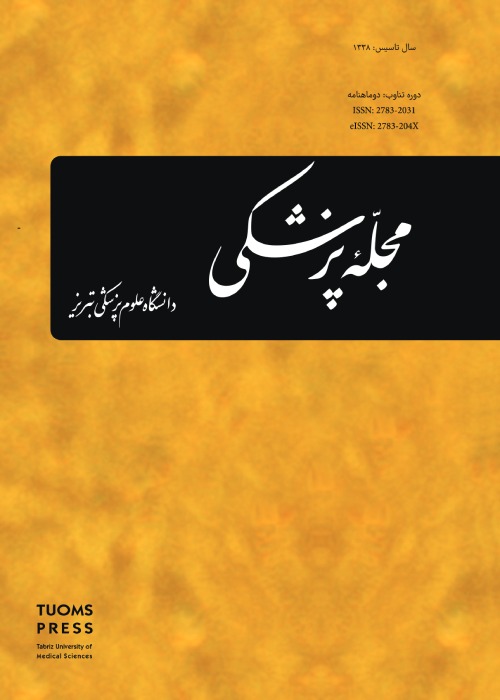A comparison of administration of oral chloral hydrate with intranasal dexmedetomidine in sedation of children to perform electroencephalography
Electroencephalography is a record of the electrical activity of the brain that is used to diagnose brain dysfunction and to determine the location of brain injury and to determine seizure activity. There is. The sedative medication used should not only have an effect on the brain’s electrical activity, but it also calms the baby. Since there have been no studies to compare the effects of intranasal oral hydrate and dexmedetomidine on sedation in children for electroencephalography, this study aimed to compare the effects of intranasal intravenous dexmedetomidine with intramuscular dexmedetomidine on electroencephalography in children.
This clinical trial study was performed on 62 children candidates for electroencephalography in Imam Hossein Pediatric Hospital in Isfahan. Age, weight, and clinical data including sedation score, mean arterial pressure, respiratory rate, arterial oxygen saturation, and heart rate at pre-medication times, 15, 30, 45, and 60 minutes after drug administration. And analyzed.
The mean age of the children candidates for electroencephalography was 16.90 ± 1.32, out of which 35 (56.5%) were male. The results showed no significant difference between the two groups in terms of sedation, mean arterial pressure, respiratory rate, and percentage of arterial oxygen saturation (p> 0.05). But the difference between the two groups was statistically significant for the variable heart rate. Heart rate was significantly lower in group B (dexmedetomidine group) than in group A (oral chlorate hydrate group) (p-value = 0.032), and time as an influencing factor in changing mean sedimentation, mean arterial pressure, respiratory rate, and heart rate (p-value <0.05). But there was no significant effect on the change in arterial oxygen saturation percentage (p = 0.478).
Chloral hydrate administration was more effective than intranasal dexmedetomidine treatment in maintaining heart rate but overall the results showed no significant difference between the two groups in terms of clinical data and child sedation score in the two groups. Was.
- حق عضویت دریافتی صرف حمایت از نشریات عضو و نگهداری، تکمیل و توسعه مگیران میشود.
- پرداخت حق اشتراک و دانلود مقالات اجازه بازنشر آن در سایر رسانههای چاپی و دیجیتال را به کاربر نمیدهد.


